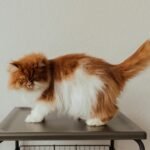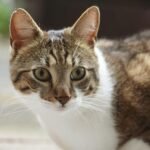Picture your feline friend living well into their twenties, bounding up cat trees with the energy of a kitten even in their golden years. While no cat is immune to health challenges, some consistently outlive others thanks to robust genetics and fewer inherited complications. These remarkable felines offer not just companionship, but the peace of mind that comes with choosing a naturally hardy breed.
Today’s cat lovers face countless breed options, yet selecting a healthy companion remains paramount for both emotional and financial reasons. Whether you’re seeking your first feline friend or adding to your existing cat family, understanding which typically enjoy longer, healthier lives can guide you toward years of joyful companionship. Let’s explore these remarkable that have earned their reputation as nature’s most resilient cats.
Russian Blue: The Hardy Aristocrat
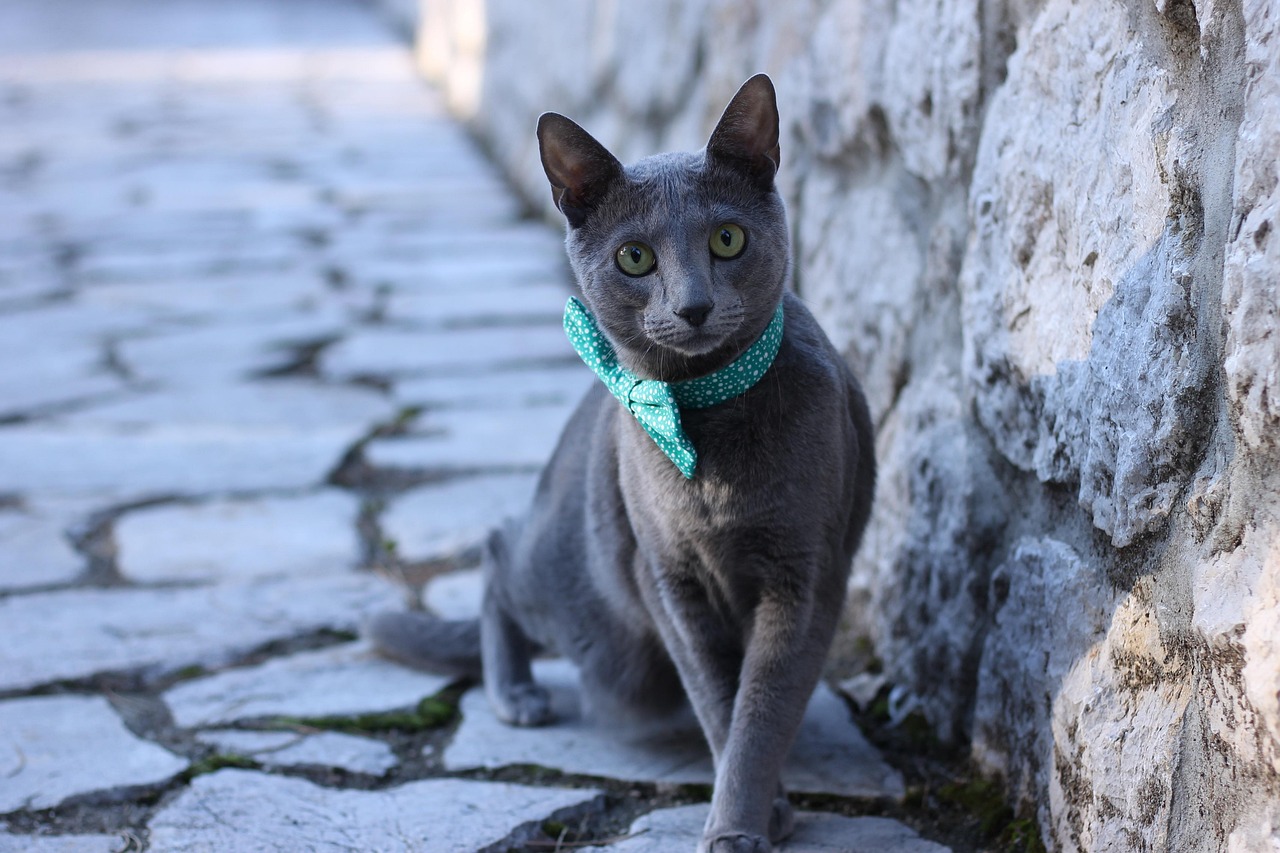
With a reputation for being reserved and quiet in nature, Russian Blue cats thrive in peaceful environments and are relatively easy to care for. With lifespans of 15-20 years, these relaxed cats are generally healthy and have a low chance of harboring any genetic disorders. Their striking blue-gray coats and bright green eyes make them instantly recognizable, yet it’s their robust constitution that truly sets them apart.
No breed of cat is 100 percent exempt from developing health issues, but with Russian Blues, there’s a lower chance of dangerous diseases because this breed doesn’t carry any common genetic disorders. This remarkable genetic stability stems from their natural development in Russia’s harsh climate, where only the strongest cats survived. Dr MacMillan says that Russian Blues have not been bred for any extreme features and can live for 15-20 years with the right care.
American Shorthair: The Working Cat Champion
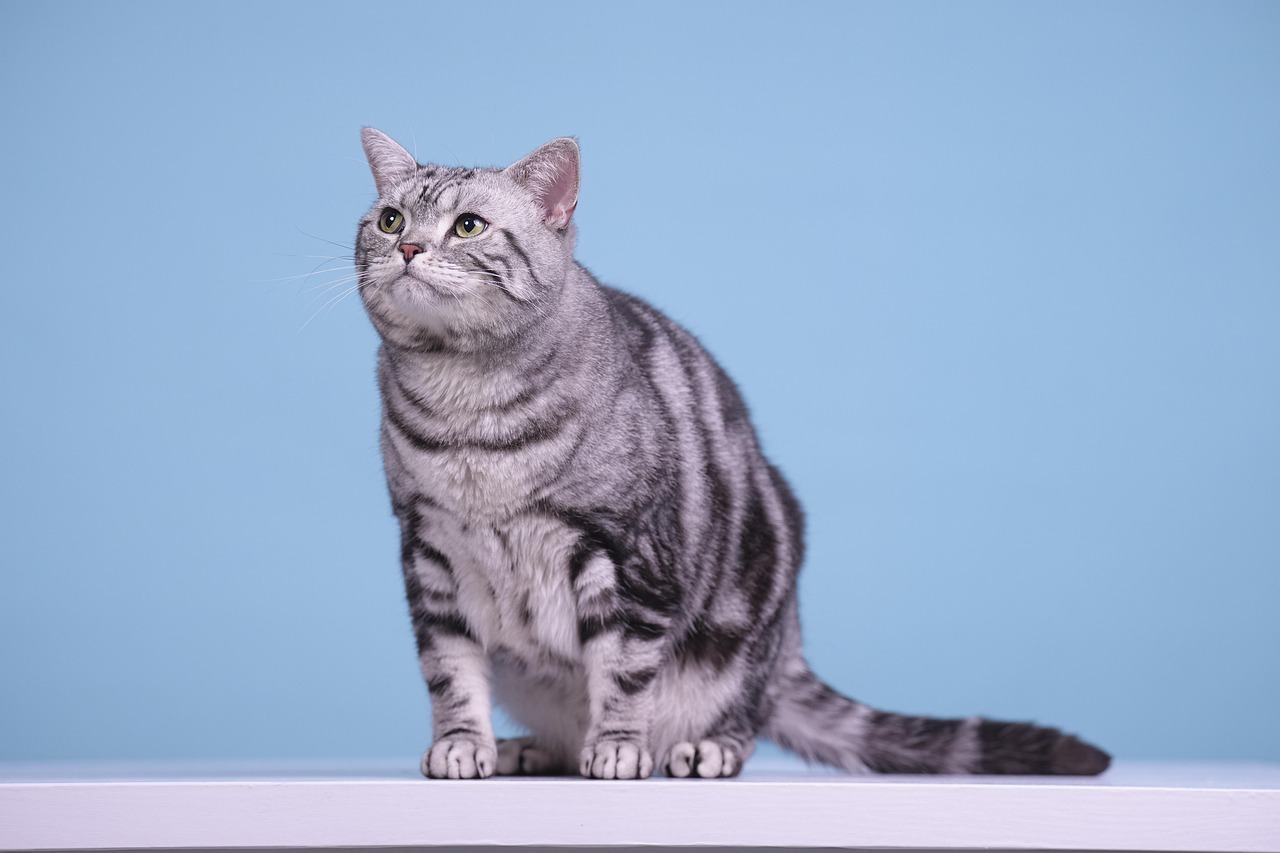
Known for their sturdy build and good health, the American Shorthair was initially bread for hunting and farm work. With a solid genetic makeup that’s less prone to health issues, these cats are easy to maintain, tend to keep a strong quality of life, and generally have a lifespan of 13-to-15-years. Their muscular build reflects generations of natural selection for strength and endurance.
The American Shorthair has no known genetically linked health issues and have an average lifespan of 12 to 15 years, though many live into their teens and even their 20s. This breed developed when European settlers brought cats to America, where they interbred freely and naturally adapted to diverse environments. Their genetic diversity became their greatest health asset, creating cats with fewer inherited disorders than many purebred lines.
British Shorthair: The Gentle Giant
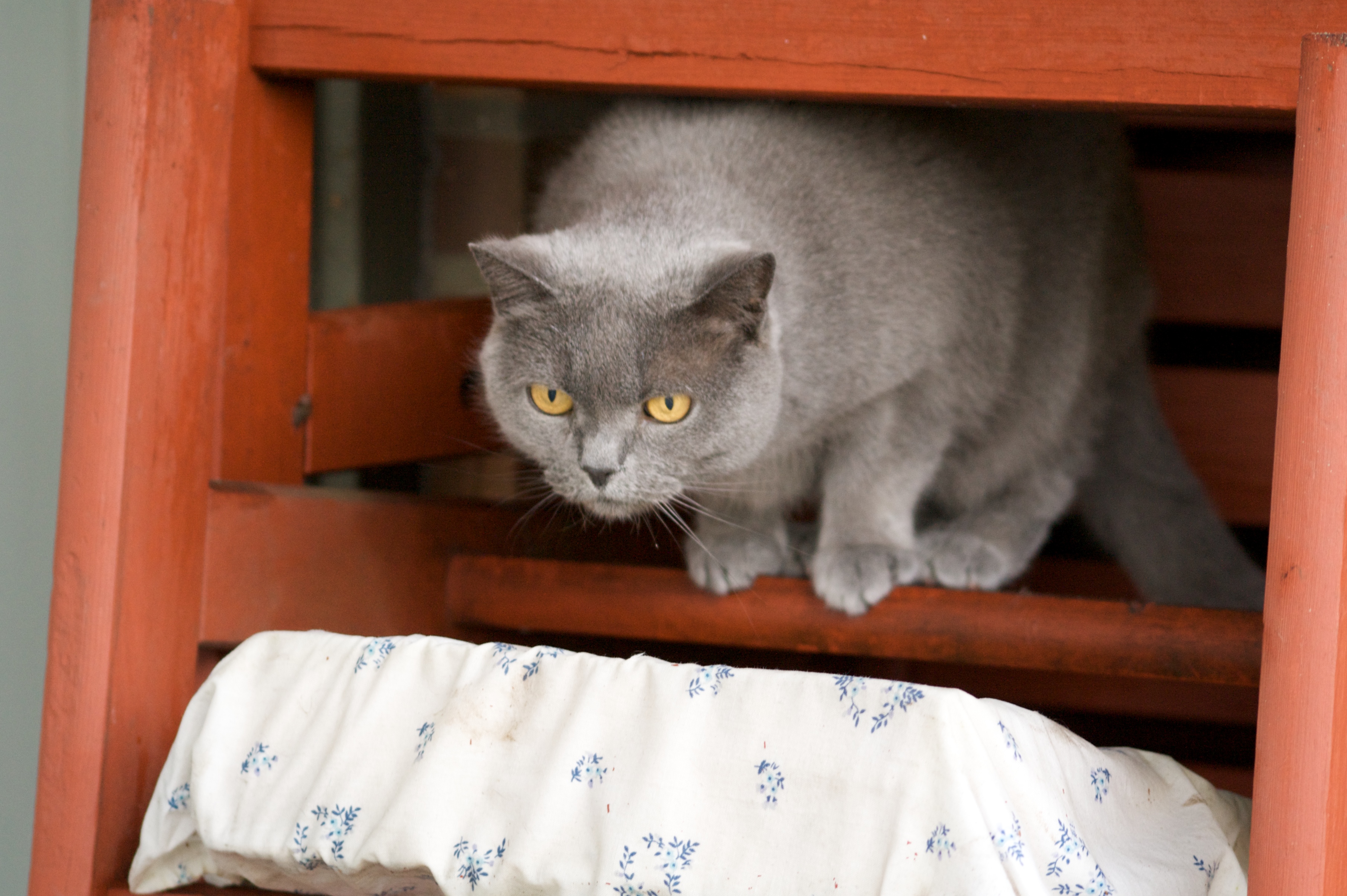
British Shorthairs are calm, quiet, and easygoing cats with a life expectancy of 14–20 years. They make excellent family pets and have dense fur that needs regular grooming to prevent matting. These stocky, round-faced cats embody the perfect balance of health and temperament, though their laid-back nature requires careful weight monitoring.
Be mindful of weight gain, as they can be prone to obesity. Maintaining a balanced diet and exercise routine is essential to keep them in top shape. Some British Shorthair cats are at increased risk of developing hypertrophic cardiomyopathy (a thickening of the muscular walls of the heart), polycystic kidney disease, and hyperthyroidism, so regular veterinary checkups and blood work are necessary. Their generally robust health makes these manageable concerns with proper veterinary care.
Maine Coon: The Gentle Giant with Nine Lives
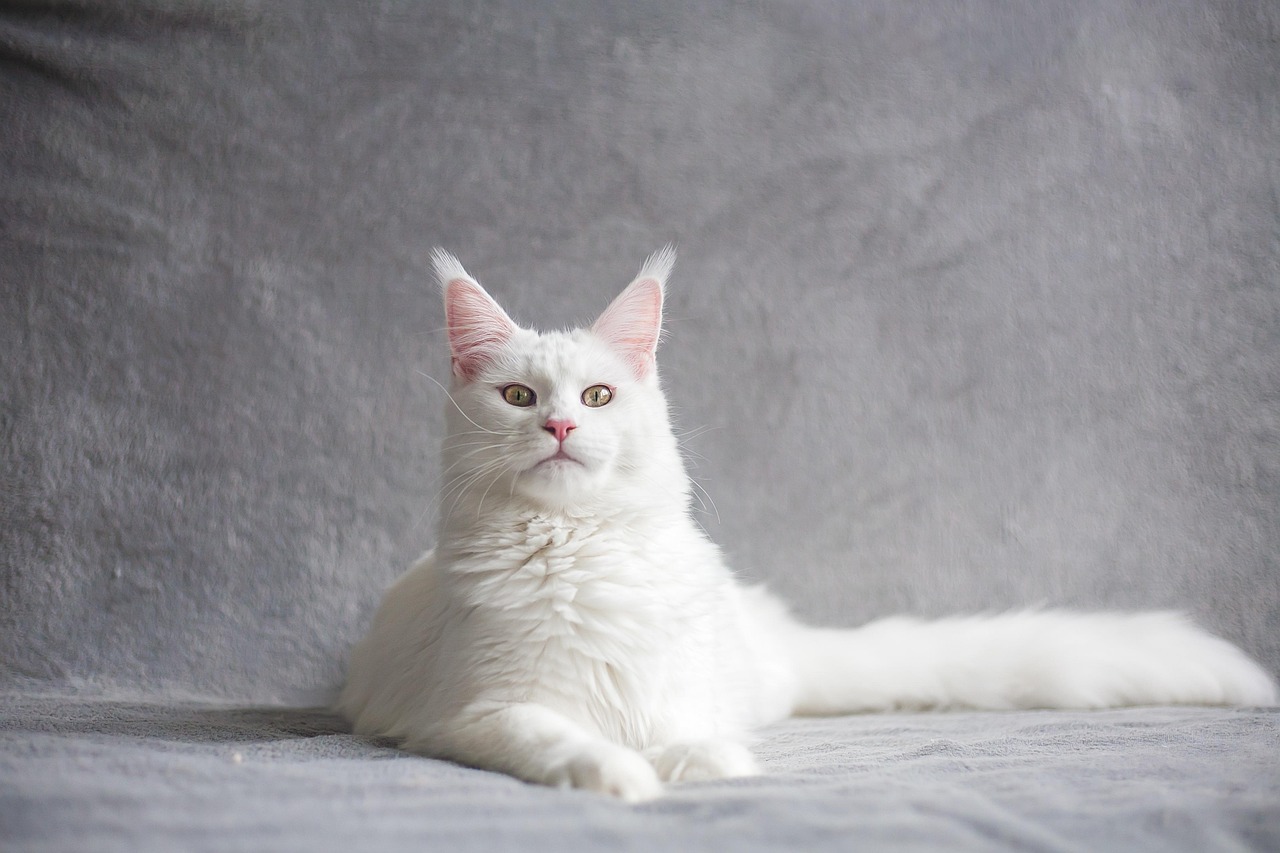
As one of the largest domesticated on this list, Maine Coons are also known for their robust health. Sporting long luxurious coats, this breed isn’t prone to many genetic health issues and has a reputation for longevity as they can have a lifespan of 12-15 years. These magnificent cats developed naturally in harsh New England winters, creating a breed built for survival.
Despite their impressive size, Maine Coons move with surprising grace and agility. Their thick, water-resistant coats protected their ancestors from brutal weather conditions, while their large paws acted like natural snowshoes. Tough, chunky and instantly recognisable, the Maine Coon breed can occasionally have generic health conditions, although they are generally a healthy breed that can live up to 15 years. Their friendly, dog-like personalities make them exceptional family companions who genuinely seem to enjoy human company.
Ragdoll: The Docile Beauty
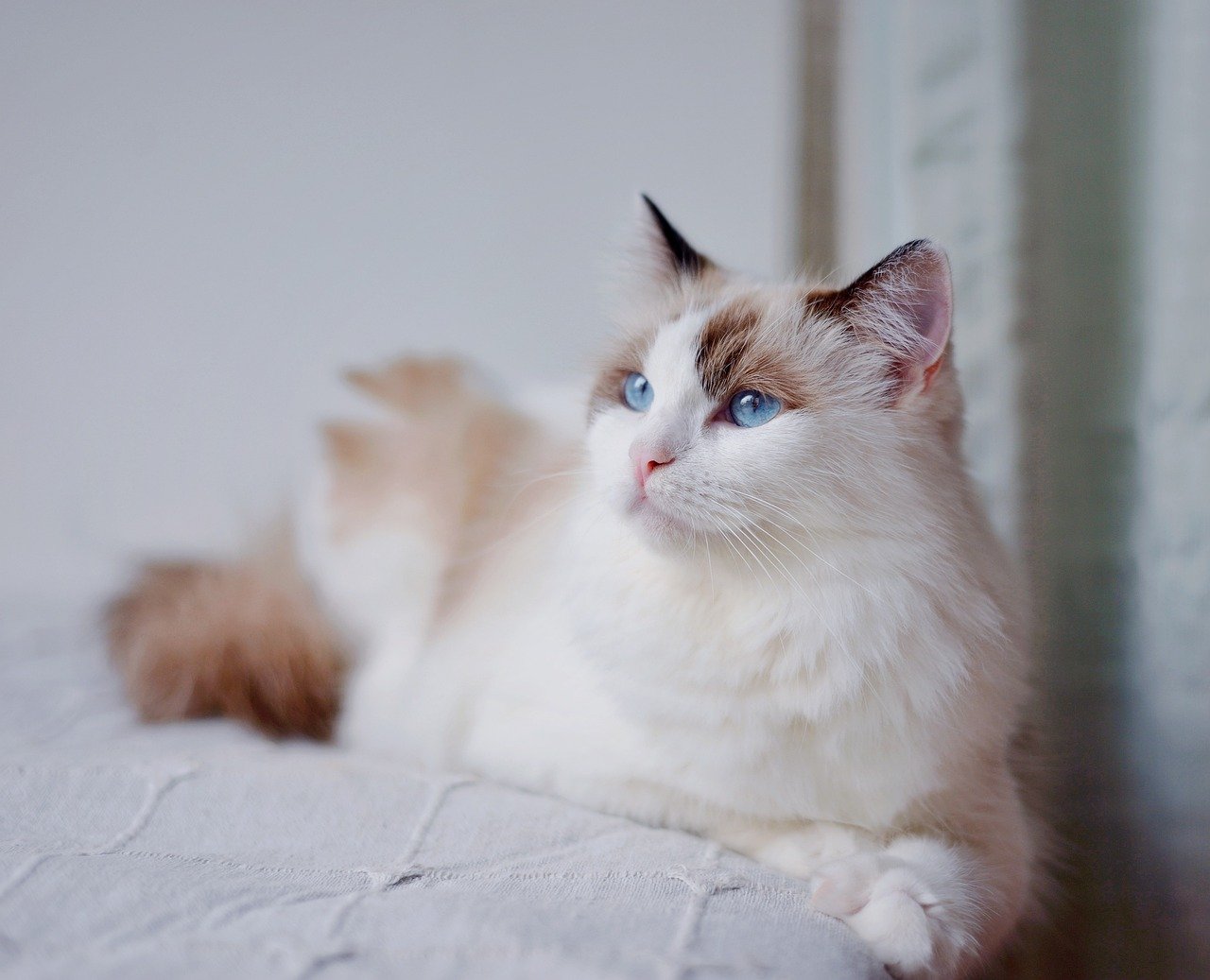
While their long coats are high maintenance and requires regular grooming, Ragdolls have a track record of staying generally healthy cats over their 17-year-long lifespan. If not adopted from a reputable breeder some Ragdolls can suffer from heart issues, although overall they’re observed as extremely healthy cats. These large, semi-longhaired cats are famous for going limp when picked up, hence their endearing name.
Their fluffy, luxurious fur requires regular grooming to prevent matting, and they can live about 15–17 years. Keeping the playful and curious Ragdoll cat physically and mentally stimulated through playtime and companionship is essential for their well-being. Their calm temperament makes them ideal for families with children, though potential owners should choose reputable breeders who screen for heart conditions to ensure the healthiest possible kitten.
Sphynx: The Unique Survivor
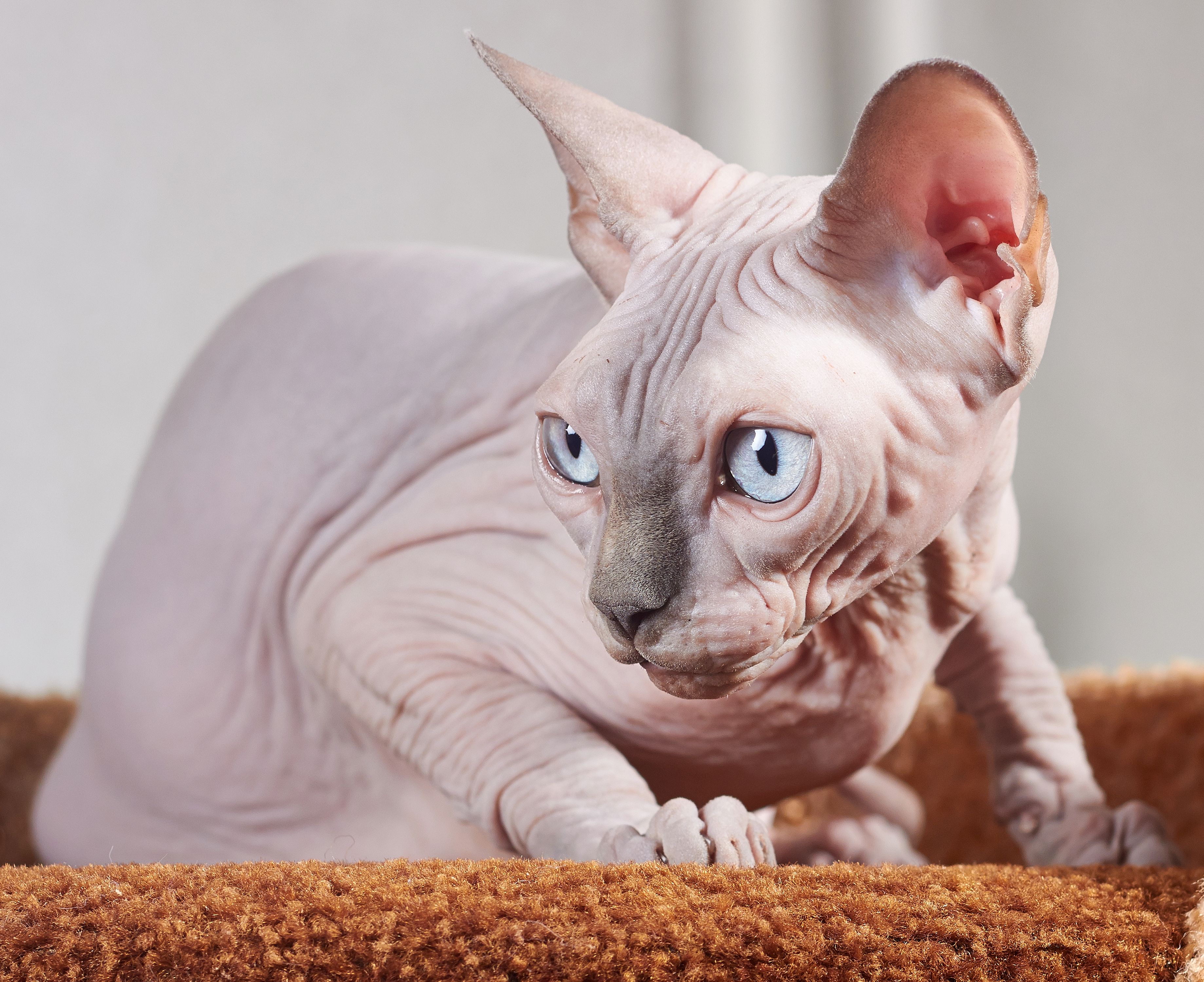
With a lifespan of 13-15 years, the unique Sphynx cat often have goofy playful personalities and are generally good with kids and other animals. While their hairless bodies are favorable for hypoallergenic owners, they regularly need to be washed to remove oil build-up from off their skin. These remarkable cats prove that health comes in many forms, requiring specialized care but offering impressive longevity.
With proper care and veterinary attention, Sphynx cats can enjoy a lifespan of 15 to 20 years. Sphynx cats are captivating companions, but understanding their unique needs is essential. Their lack of fur means they need protection from both cold and sun, yet Sphynx cats are relatively healthy, but owners should be aware of the health issues that can affect the breed. Sphynx kittens are susceptible to respiratory issues and the breed is prone to conditions such as Hypertrophic Cardiomyopathy, Hereditary Myopathy and Sunburn!
Balinese: The Elegant Athlete
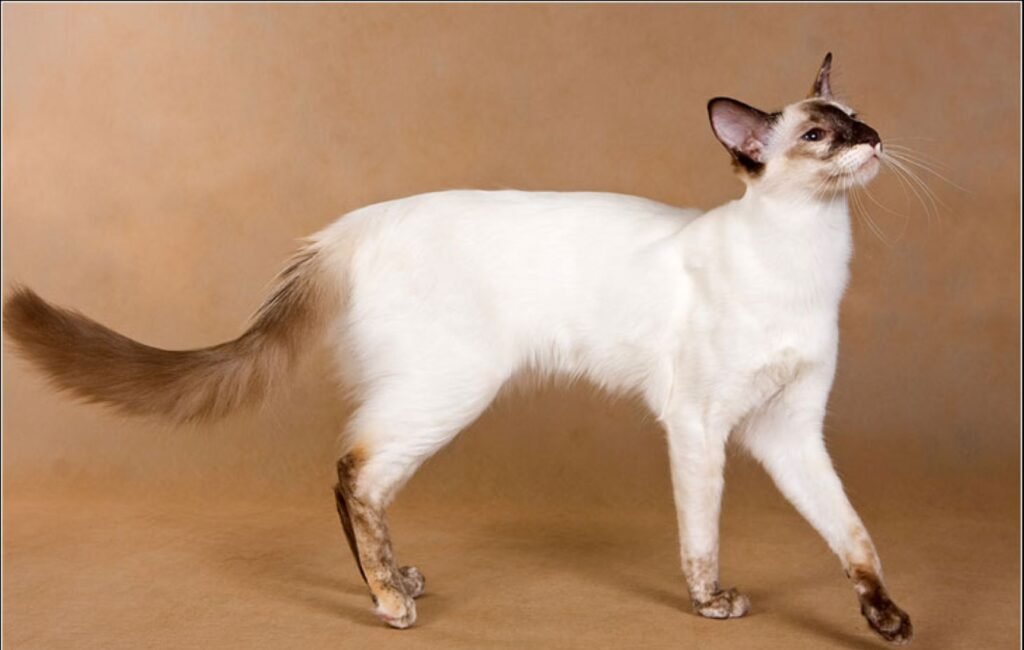
Balinese cats are social, intelligent, and active companions with an average lifespan well above 15 years, potentially up to 18–22 years of age. They are known for their stunning soft coat, large ears, blue eyes, and color-pointed pattern. These graceful cats resemble longhaired Siamese and share their intelligence and vocal nature, yet maintain their own distinct health advantages.
While they are generally healthy, they can be prone to genetic heart and liver diseases. Balinese cats may also develop progressive retinal atrophy, which can lead to diminished vision or blindness. Sometimes, their blue eyes may look cross-eyed, a condition called strabismus. Despite these potential concerns, their overall health profile remains excellent when sourced from responsible breeders who test for genetic conditions. Their active nature helps maintain their physical fitness throughout their lives.
Bombay: The Miniature Panther
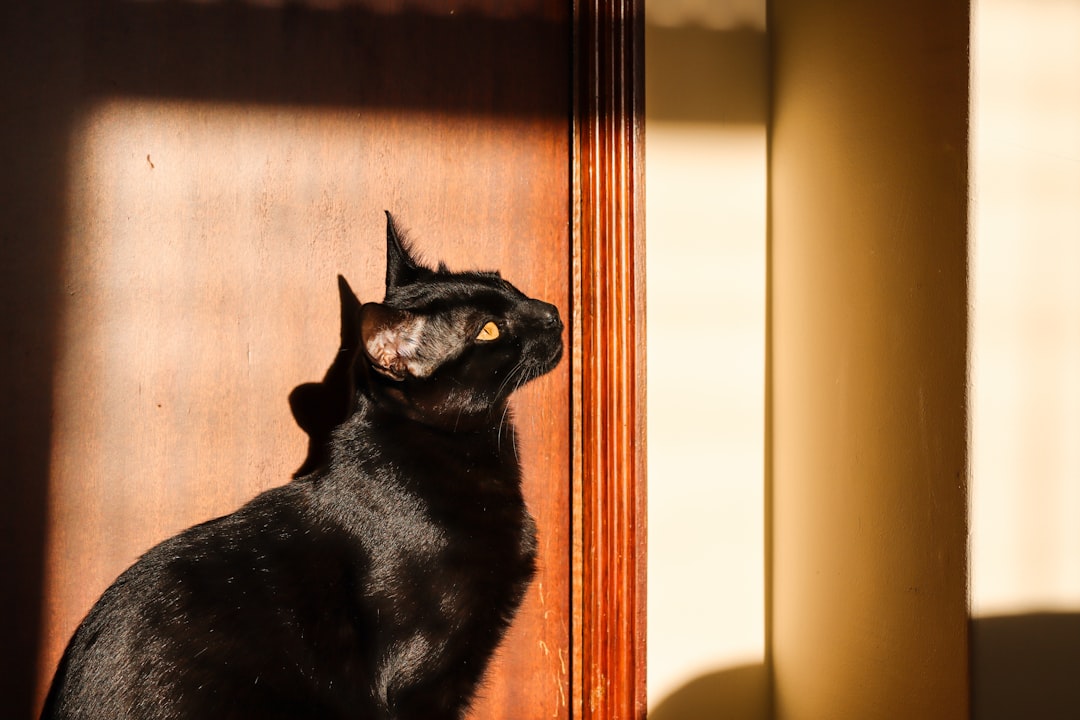
Bombay cats are extroverted and affectionate, and they enjoy being part of the family. These cats can live up to 20 years, but be careful to select a reputable breeder, as some Bombays may develop sinus problems if they have a less elongated face. Their sleek black coats and copper eyes create an striking appearance reminiscent of miniature panthers.
They are generally healthy, but carefully monitoring their diet and weight is crucial because Bombays love to eat and are prone to getting chonky. These agile climbers should have access to multilevel cat trees. Beyond HCM, Bombays are generally healthy. Just make sure to control your cat’s diet and weight, because Bombays love to eat! Their playful, dog-like personalities make them exceptional companions for active households.
Nebelung: The Rare Gem
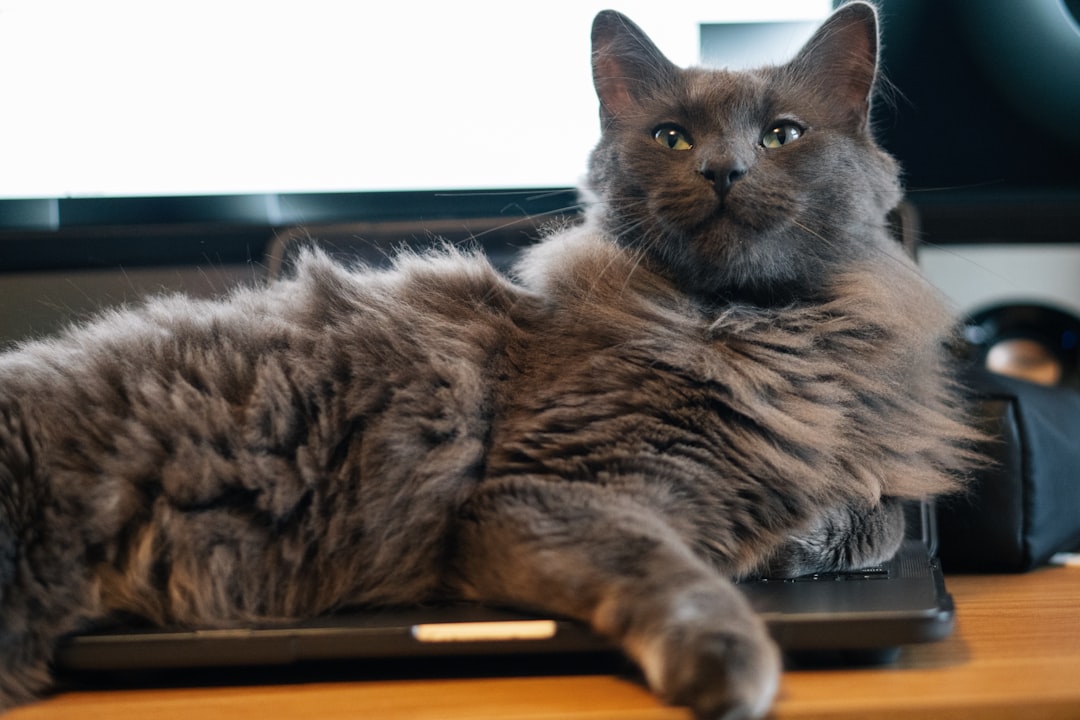
The Nebelung is a rare cat breed noted for their striking, medium-long, soft blue coat. They are mild-mannered, easygoing, and loyal cats who have a life expectancy of over 16 years. These beautiful cats developed relatively recently, yet their solid health foundation reflects careful breeding practices focused on maintaining robust genetics.
Nebelungs thrive on routine and prefer a mellow environment, so they are a good fit for adults and senior human companions. Regular vet checkups are important to address health concerns early, as their mellow nature might mask signs of illness well. While they are generally healthy, keep an eye out for heart and kidney diseases. Their calm demeanor and devotion to their families make them ideal companions for quieter households seeking a long-term feline friend.
Abyssinian: The Active Ancient
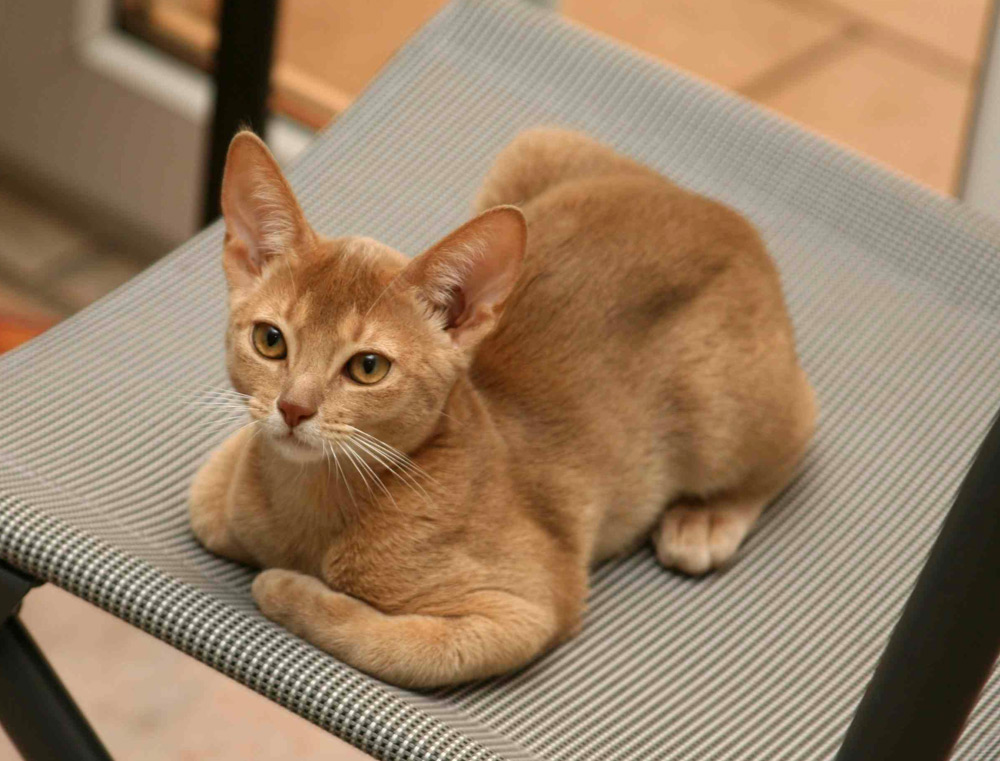
The Abyssinian is an ancient breed that developed in Abyssinia (modern-day Ethiopia) with very little human intervention until the late 1880s. The Abyssinian was one of the original breeds exhibited at the first cats shows in London. Although Abyssinians have a few diseases lurking in their genes, careful breeding practices can limit these issues. Abyssinians have long lifespans, living an average of 14 to 17+ years.
With proper care, Abyssinians typically live 12–15 years. Genetic testing, regular checkups, and a balanced diet significantly increase lifespan by preventing common health issues. Many Abyssinians have very long life spans. It’s not uncommon for Abyssinians to live 14 to 17 years or more, with some Abys living into their 20s. Their natural development with minimal human interference created cats with diverse genetics and fewer inherited health problems than many modern breeds.
Conclusion
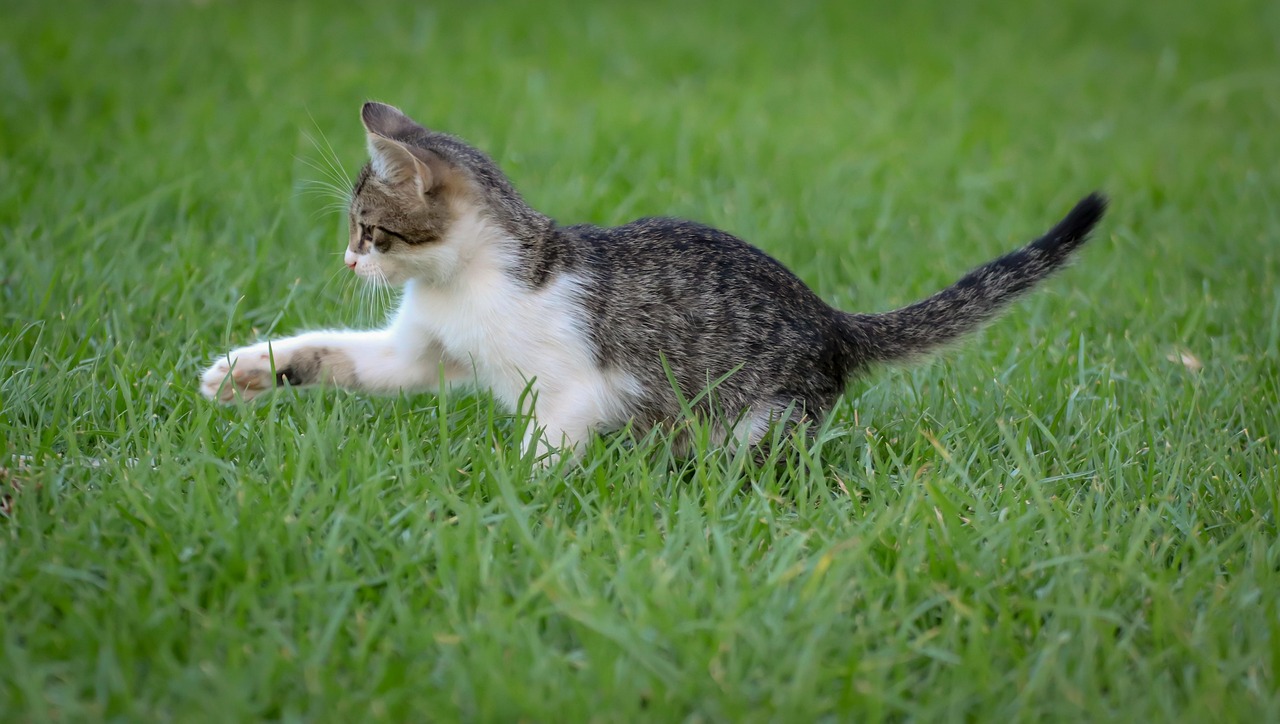
Choosing a healthy cat breed sets the foundation for years of joyful companionship, yet remember that individual care matters just as much as genetics. Regular veterinary checkups, quality nutrition, mental stimulation, and plenty of love remain essential regardless of breed. These ten breeds offer excellent starting points for families seeking naturally robust feline friends, each bringing unique personalities alongside their health advantages.
The bond between human and cat transcends breed lines, though selecting from these healthier options may mean more years together and fewer medical concerns. Whether you’re drawn to the regal Russian Blue or the playful Bombay, your future feline companion awaits with the promise of a long, healthy life ahead. What aspects of cat health matter most to you when choosing your perfect feline friend?



